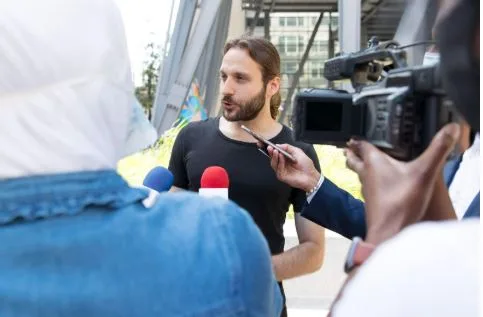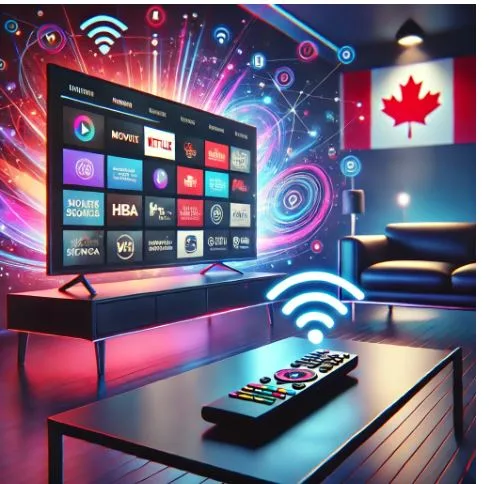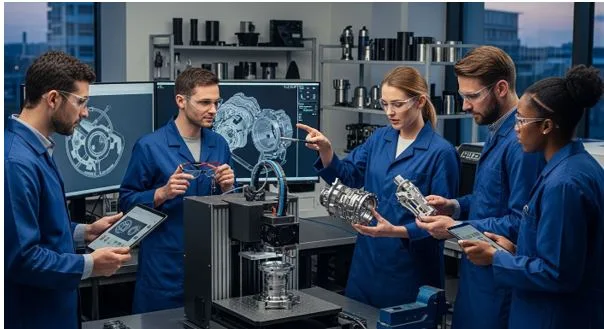Mapping Mobile Cancer Screening: Equity-Driven Approaches in NSW Aboriginal Communities
Health checks are never easy when they involve a long drive, time off work, and the expense of fuel. That’s why bringing cancer screening closer to Aboriginal communities is becoming a stronger focus across NSW. Recent workshops have highlighted the importance of planning for more effective programs, and this is directly linked to mobile solutions. One example is the National Lung Cancer Screening Program, which includes mobile CT units designed to reach people who might otherwise be excluded, and is part of broader efforts to build mobile cancer screening equity.
Why mobile cancer screening equity counts for Aboriginal health in NSW
Many Aboriginal families live far from major hospitals or diagnostic centres. Travelling to the city isn’t always realistic. The cost, the wait, and the need to organise transport can stop people from attending regular checks. Instead of expecting you to travel, health teams bring the service closer.
The mobile cancer screening equity approach means less disruption to your week, more comfort due to familiar surroundings, and a greater chance that health issues will be detected early. Screening rates improve when services are culturally safe and physically accessible. When communities see vans arriving in places they know, from the local football oval to Aboriginal Medical Services, it builds trust and removes some of the anxiety around cancer checks.
How do mobile vans make screening easier to access
Breast screening vans already visit more than two hundred locations across the state. Think of them as clinics on wheels, parking at town centres, cultural hubs, and community events. You can walk in, be greeted by friendly staff, and leave without losing a whole day to travel.
Small details matter. Flexible hours mean people who work shifts can still be seen. A welcoming space inside the van helps ease nerves. Familiar staff, often drawn from the local health network, make the experience feel safe and connected to community. A mobile van parked near the local shops turns screening into something accessible and routine, rather than an added burden. This is mobile cancer screening equity in practice – meeting people where they are.
How do mobile CT units extend screening options
Lung checks are harder to deliver than mammograms, but new technology is changing this. Mobile CT units are now being rolled out to reach Aboriginal communities across NSW. These scanners are designed to move between towns, set up quickly, and run efficiently in smaller regional areas.
The difference is immediate. Instead of waiting months for a referral and travelling hours, you might see a mobile CT parked outside your health service or community centre. The National Lung Cancer Screening Program plays a central role in this rollout, recognising that early detection saves lives. By embedding mobile CT units in regional areas, the program expands mobile cancer screening equity and ensures that lung health is not only checked for those who live near major hospitals.
How planning supports stronger outcomes
Community-led workshops help shape how and where these services operate. A plan isn’t just paperwork—it guides how resources are used, who is responsible for delivery, and how results are measured. Imagine a team of community leaders, Elders, and health workers sitting together to decide where a mobile unit should stop first. Should it be at the football oval on a Saturday, when families gather? Or outside the local Aboriginal Medical Service mid-week, where patients already come for regular care?
These planning processes turn good intentions into practical results. While project logic frameworks may sound technical, in practice they ensure that screening vans arrive at the right locations and that commitments translate into action. Accountability, transparency, and regular evaluation are built into the process, helping communities trust that their voices are shaping services.
Building trust through cultural safety
Equity is not only about access but also about experience. For Aboriginal communities, cultural safety plays a major role in whether people feel comfortable using health services. Mobile cancer screening programs that involve Aboriginal health workers, acknowledge cultural protocols, and respect community priorities are far more likely to succeed. When screening feels safe and inclusive, participation rates rise, and more lives are saved through early detection.
What’s next for your community
Mobile screening isn’t the complete solution, but it is a significant step toward closing the gap. When the service is brought to you, barriers fall away. You can see familiar staff, ask questions in a setting that feels safe, and leave knowing your health has been checked.
Consider your own community: where would a mobile cancer screening equity unit make the greatest difference? Upcoming workshops across NSW are designed to help answer these questions. They also provide opportunities for individuals to share experiences, suggest locations, and highlight barriers that still exist.
If you want to be part of shaping how these services are introduced in your area, speak with your local health organisation or community leaders. With programs like the National Lung Cancer Screening Program expanding mobile CT access, there is growing potential to transform cancer care in Aboriginal communities. Screening that comes to your doorstep helps keep families strong and connected, and your voice ensures these services take root in the way that best supports your people.




